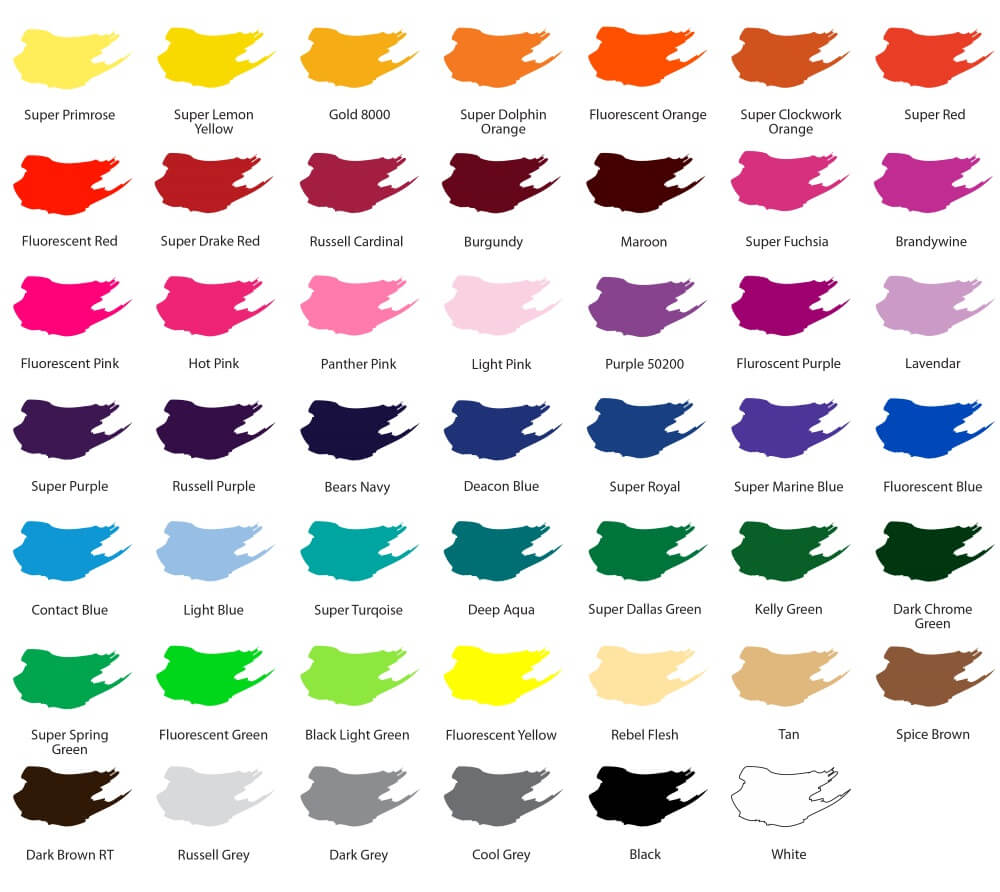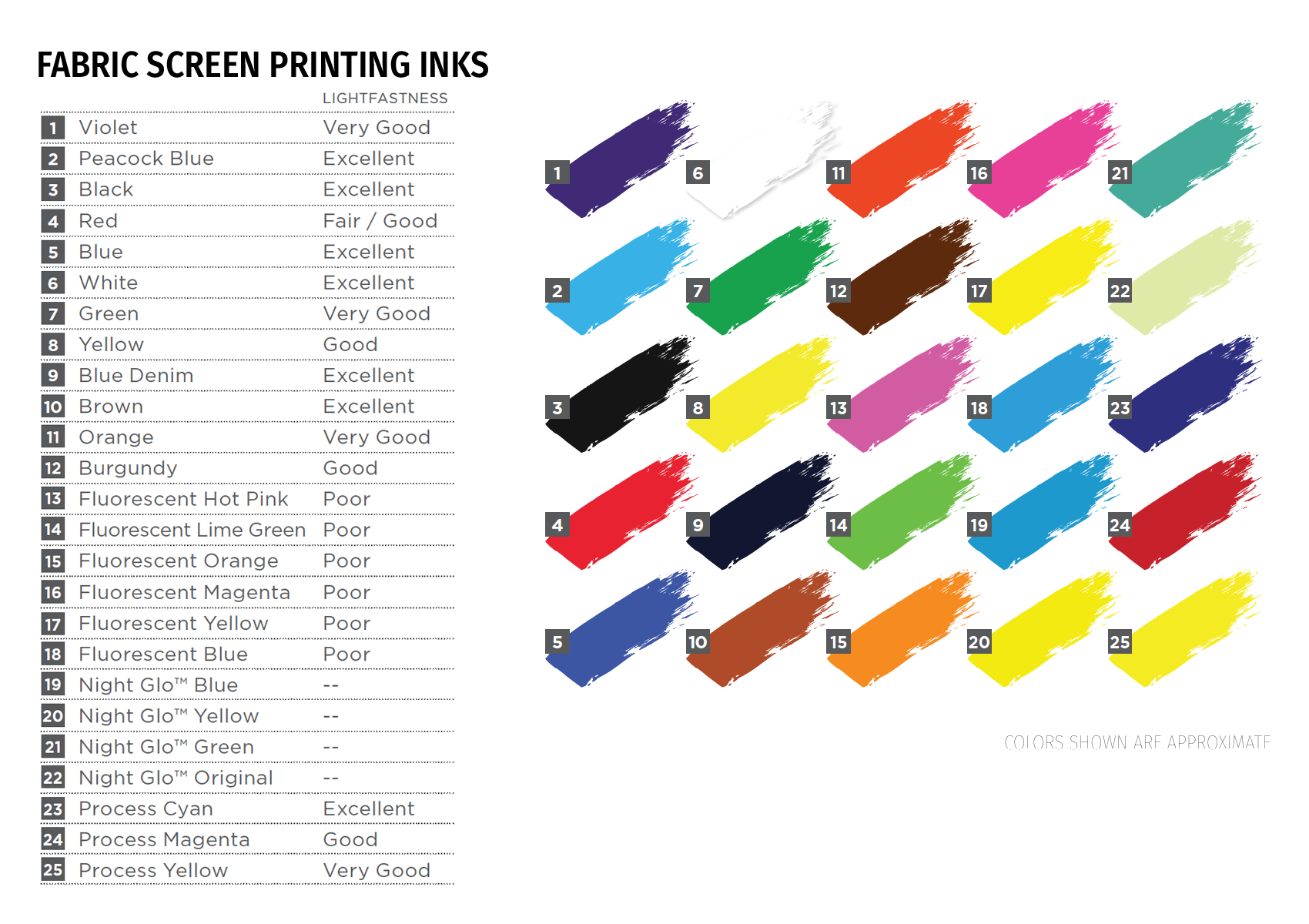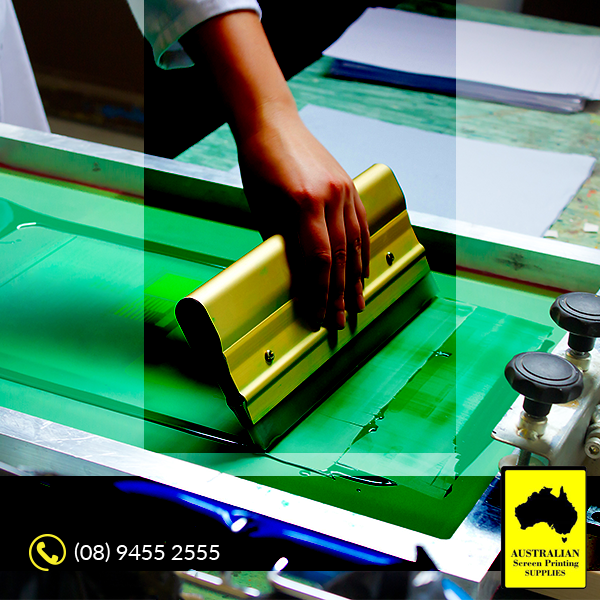

Screen mesh material comes in a large variety of mesh counts that can significantly affect the final results of your project. While you want to focus on how your final design will look on whatever you are screen printing, the material you choose also plays a crucial role. Screen mesh for printing is the woven fibers that create openings for diverse types of ink to be pushed through the gaps and onto surfaces to craft unique, customizable, and high-quality designs. An emulsion is ingrained into a mesh screen to transfer properly, creating a stencil design that guides ink into your desired pattern while preventing the stencil from extending out of the pattern. This liquid or film generates an ink-resistant frame around your print’s design, preventing the pattern from wearing down as quickly and keeping it in place as you print. This process occurs by pressing ink onto a surface through a specially designed screen of fine material, also known as screen printing mesh.Įmulsion is a vital process in the photo stencil phase of screen printing.
Silkscreen printing ink how to#
Have you ever wanted to print a picture you drew or photographed onto a tote bag or t-shirt but weren’t sure how to proceed? Screen printing allows you to transfer your designs onto a wide range of objects like clothing, decorations, and accessories. This tool would help artists experiment more with their medium, refining the technique until screen printing is what we know it to be today.


It wasn’t until the 20th century that squeegees were introduced to the screen printing world. Through China’s influence, the creative process of reproducing beautiful stencils on various objects spread worldwide. However, they soon found that silk was a better alternative. Initially, the Chinese used the mesh to push ink onto surfaces with human hair. You may love the benefits of printing creative and fun stencils onto various surfaces, but do you know how this technique came to be? Screen printing has been around since China’s Song Dynasty when they developed the method of transferring designs with ink onto fabric. So, how does the woven count of fibers on your screen printers make a difference in results? Ready For A Brief History Lesson? Screen printers will want to expand their inventory of screen printing mesh to provide quality products of soft and durable material with clean prints to potential customers. With the current advancements in screen printing technology, using the best screen mesh material has made screen printing more accessible than ever before for beginners. Are you looking for the best-woven material to provide high-quality screen printing results? Whether you’re looking to print vibrant colors onto hoodies or produce matching t-shirts to wear with your friends the next time you get together, you can save time and money by selecting the correct thread count for your screen to match your project’s design.



 0 kommentar(er)
0 kommentar(er)
